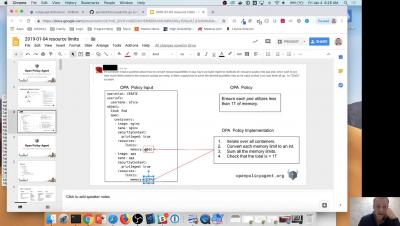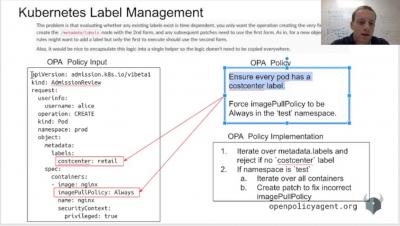Security | Threat Detection | Cyberattacks | DevSecOps | Compliance
Containers
OPA policy for Kubernetes label management
60% of Organizations Suffered a Container Security Incident in 2018, Finds Study
Many organizations have DevOps on their mind going into 2019. This is a global movement. In fact, Puppet and Splunk received responses for their 2018 State of DevOps Report from organizations on every continent except Antarctica. Those organizations varied in their industry, size and level of DevOps maturity, but they were all interested in learning how they could advance their DevOps evolution going forward.
How Containers Are Disrupting IT Security & Compliance Controls
Policy-driven Secure Application Connectivity for OpenShift
Achieve CIS Compliance in Cloud, Container and DevOps Environments
If you are embracing DevOps, cloud and containers, you may be at risk if you’re not keeping your security methodologies up to date with these new technologies. New security techniques are required in order to keep up with current technology trends, and the Center for Internet Security (CIS) provides free cybersecurity best practices for many newer platforms.
Simplifying Policy Enforcement Across Heterogeneous Workloads
8 Emerging Trends in Container Orchestration
Enforce Docker Image CIS Policy Compliance with Tripwire for DevOps
We are working hard adding features to our new Tripwire for DevOps service, initially announced at BlackHat 2018. If you are a loyal State of Security follower, last you read we added Auditing for Amazon Machine Images (aka AMIs). Today, we are introducing CIS policy compliance auditing for Docker images. Tripwire for DevOps allows you to evaluate your Docker Images to check for policy compliance at build time.
Clarifying the Misconceptions: Monitoring and Auditing for Container Security
An effective container security strategy consists of many parts. Organizations should first secure the build environment using secure code control along with build tools and controllers. Next, they should secure the contents of their containers using container validation, code analysis and security unit tests. Finally, they should develop a plan to protect their containers in production systems by focusing on runtime security, platform security and orchestration manager security.






